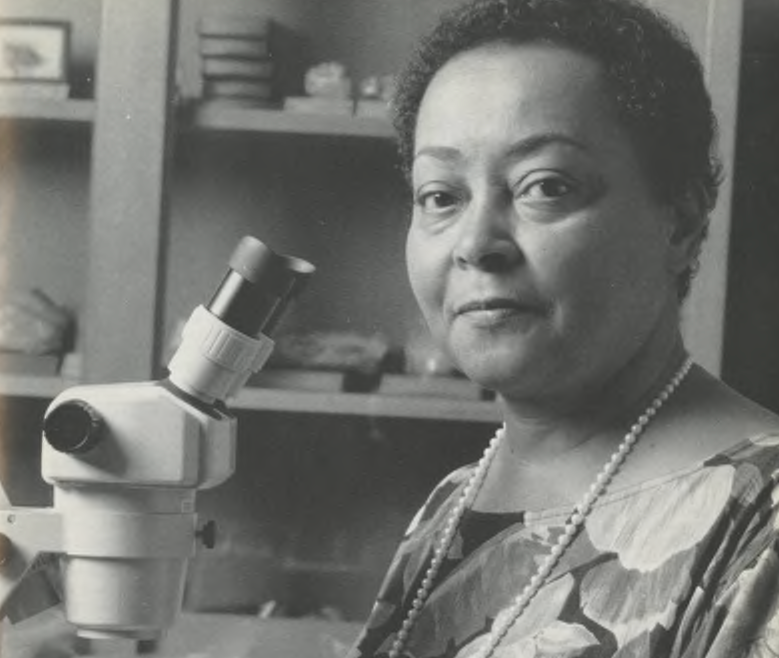Dr. Joan Murrell Owens Followed Her Own Path to Marine Biology

The health and welfare of our oceans is such an important responsibility, and those who study marine science help us understand the composition and depth of this vast resource. Dr. Joan Murrell Owens was born in 1933 in Miami, Florida. At an early age, she developed a passion for the ocean. Maybe it was those weekend fishing trips with her family that stirred her connection to ocean life. She knew from a young age that she wanted to be a marine biologist.
Owens grew up in the segregated south. Both science programs and resources were scarce in the public schools she attended. When she went to college, Fisk University did not have a track to study marine science. She graduated from Fisk as an art major with a double minor in math and psychology. She went on to get her master's degree at the University of Michigan.
Owens taught and worked in education for several years before finally realizing her dream to become a marine biologist. The determined educator went back to school to construct her own marine biology path, majoring in geology and minoring in zoology at George Washington University. She became the first African American woman to receive a Ph.D. in geology. As a marine biologist, Owens specialized in the study of corals. Her doctoral research focused on a species of deep-sea button corals.

Dr. Owens carried the trait for sickle cell anemia, a red blood cell disorder that disproportionately affects African Americans—this prevented her from diving. Nonetheless, she worked with the Smithsonian and studied existing samples of button corals. Her groundbreaking research described a new genus called Rhombopsammia. She also discovered three new species of button corals: R. niphada, R. squiresi, and Letepsammia franki. L. franki was named for her husband, Frank.
Notably, Owens spent nearly 40 years as faculty at Howard University. Also, before becoming an esteemed marine biologist, she designed programs for teaching English to underserved students, which served as a model for the Upward Bound program.
